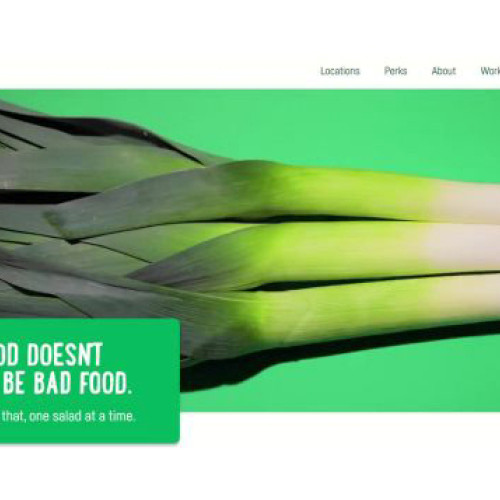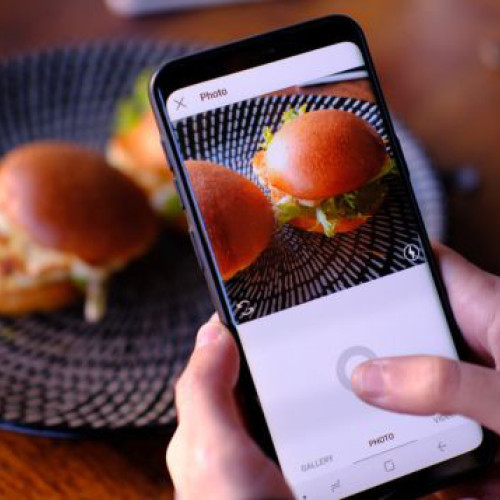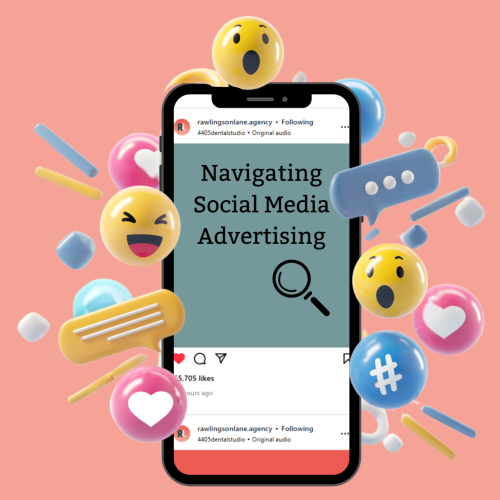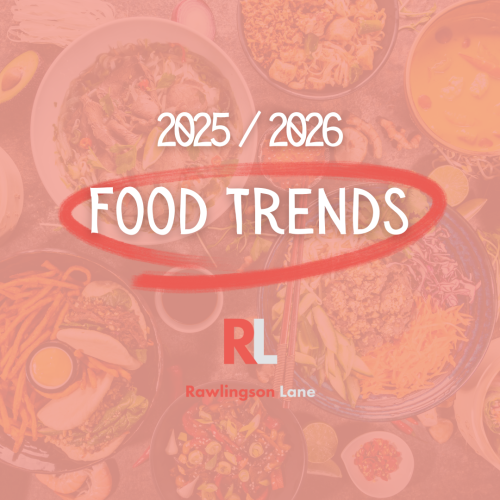More Words About Words
A little while ago I wrote about the wonder of words. We as wordsmiths in the world of PR and marketing are constantly reorganising words to maximise their effectiveness and give them the power to engage the reader whilst delivering a chosen message.
Whether our words are destined for the shifting sands of social media, the pages of respected trade journals or the online engagement of a blog like this one, all are carefully selected for their relevant role.
Of course, today it is rare that words stand alone. Usually, they are accompanied by still or moving images which help us to tell the story. But words still pack a punch and without them, the images can be meaningless.
This is a quick rundown of how we style and structure different types of writing. But first – the most important question of all…..
Who is our reader?
The considered answer to this question will guide the style and content of whatever we are writing.
Press Releases
A good press release delivers NEWS to journalists in a professional and engaging manner.
To make sure our releases hit the right note here’s a few of our guidelines.
- There are lots of different forms of news – we like to make a noise about new products, new stats, new staff or good news stories.
- Make the headline eye catching so it stands out to the journalist.
- It’s important to tell the story briefly in the first paragraph so that the journalist can instantly understand why it might interest their readers.
- We use the following paras to flesh out necessary detail and to satisfy the who, what, when, where, how and why criteria. It’s key to avoid falling into the trap of over complicating with waffly extraneous information.
- We write concisely in the third person, keeping the release to one or two pages.
- Adjectives can be used but sparingly, and we mostly leave out exclamation marks.
- A relevant quote from a named spokesperson from the business is a vital addition.
- If possible, we include a high-res image of the product/person/or group.
- We often add a Notes for Editors section which includes a contact name and details and maybe a para or two about the background ethos/history of a company.
Feature submissions
Each year we write many hundreds of feature submissions for the trade magazines that cover our areas of business, earning a huge amount of fee-free coverage for our clients.
But – and it’s a big BUT - just writing and sending in a sales pitch is not enough to secure coverage. We have to respond to the feature briefs with relevant, informative comments which help the journalist to construct the feature he or she wants to write.
The comments which are most successful are those which focus on industry wide views and expertise, perhaps with a little product information thrown in. All comments are credited so they will not only help to publicise a brand but also to build reputation in the industry.
Interviews and case studies
These tell the story of producers, their products and their end users, and they help to establish a brand in the marketplace.
The secret for the writer is to maintain a journalistic, neutral stance so that the piece as a whole tells the story without overt bias and thus retains credibility. We let the person being interviewed tell the story in their own words knowing that their enthusiasm will be enough to reveal the excellence of the product and demonstrate its’ benefits.
Online
The immediacy, freshness and informality of the online world brings a new challenge to the writer. There is a requirement for brevity, but this can make choosing the right words even more difficult.
Simple, direct and concise sentences are often most effective, and paragraphs should also be short. Leaving gaps between paragraphs helps to break the copy up. We like to use active verbs and write in the present tense whenever possible to create an intimate tone which draws readers in.












